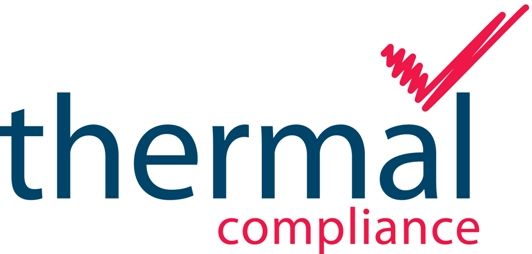Mapping controlled temperature chambers is relatively straightforward because these environments are regulated, with clearly defined storage areas. Guidelines for sensor placement in such chambers are well-established. In contrast, warehouses present unique challenges. The key to effective warehouse mapping lies in understanding these challenges and conducting a thorough risk assessment for sensor placement.
Warehouses susceptible to external temperature fluctuations should undergo temperature mapping during both Winter and Summer. This dual-season approach ensures that the warehouse environment maintains optimal conditions throughout the year.
For those operating in the Northern Hemisphere, temperature mapping should be performed during:
Meteorological Winter: From December 1st to February 28th
Meteorological Summer: From June 1st to August 31st
By conducting warehouse mapping during these critical periods, you can effectively monitor and manage temperature variations, ensuring consistent product quality and compliance with industry standards.
In order to identify sensors locations, a site visit is strongly recommended. While schematics and photographs provide useful information, physically walking through the area offers unparalleled insights into the various factors that can influence temperature.
During a site visit, pay close attention to:
1. Storage Locations: Identify all storage areas, including:
- Racking systems
- Pallet storage zones
- Set-down locations, including any temporary set-down areas
2. Look for sources of Heat and Cold Sources:
- Fans, HVAC systems, heaters, and air vents
- Lighting fixtures and skylights
- External doors
- Doors leading to cold storage areas
- Temperature-controlled chambers within the warehouse
Selecting the right sensor locations is critical for capturing accurate temperature data. Consider the following strategies:
1. Comprehensive Coverage: Ensure that all usable space is mapped, including the full height from the minimum storage level to the maximum height.
2. Warehouse Design: Account for the effects of HVAC systems, heaters, skylights, and doors on product storage locations by placing additional sensors in these areas.
3. External Locations: Place sensors in external locations to monitor the impact of seasonal temperature changes.
4. Temporary Set-Down Areas: Clearly mark and map any temporary set-down areas to ensure comprehensive coverage.

